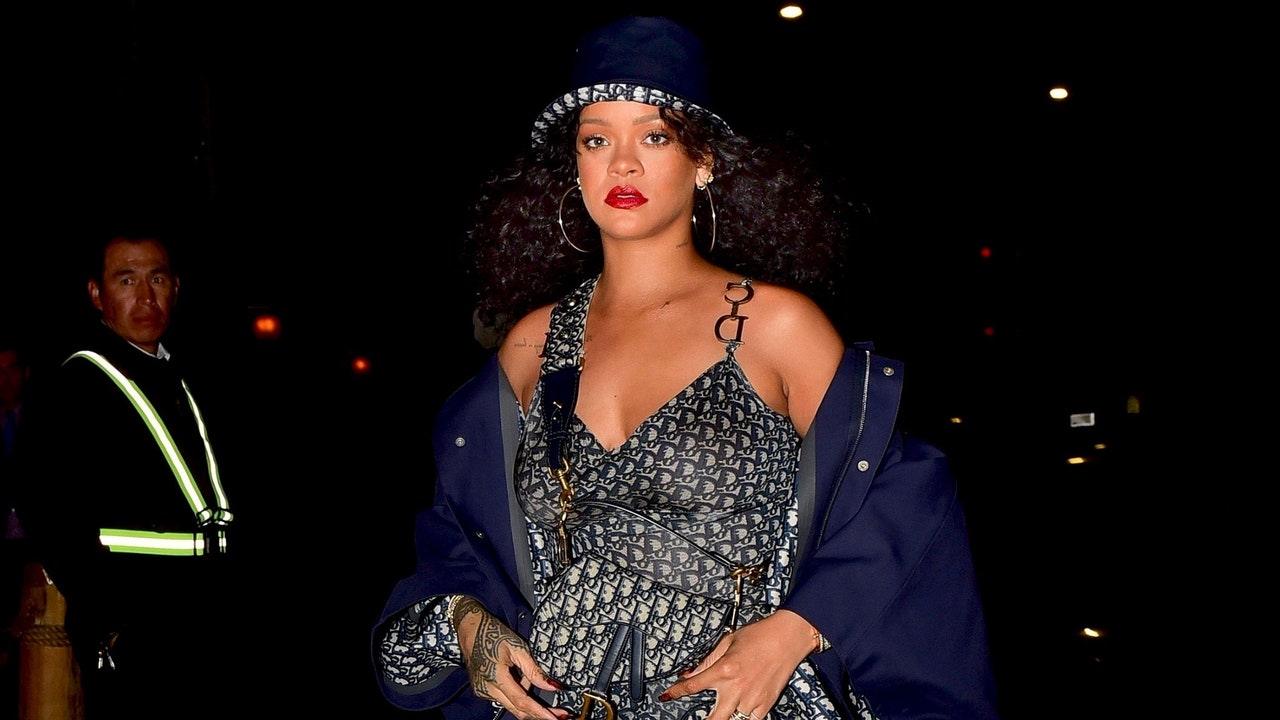As brought to light by discussions during the recent Black Lives Matter movement, the fashion industry owes credit to the Black community for many of the most successful trends in history, which marketed off designs created by Black people; most of the time, without giving recognition. It’s important to first acknowledge that the absence of recognition given to the origin of these designs is intricately linked to the racism that riddles the industry. From all-white catwalks, to racially insensitive designs and most significantly the reliance on the exploitation of Black and Brown workers in sweatshops. It’s clear the industry continues to play a massive role in perpetuating institutionalised racism.

Starting off with potentially one of the biggest trends in the history of fashion is trainer culture. Trainers have become much more than a sports shoe over the past decade. A recent survey discussed in The Huffington Post stated that British teens own an average of six pairs of trainers each. Trainers in fashion emerged simultaneously with the rise in popularity of hip-hop culture in the 1980s in America. Michael Jordan released his iconic ‘Air Jordan’ trainers in 1985, which are still sold today as one of the best-selling pairs of trainers. During the emergence of the trend, trainers acted as a form of expression for African Americans. In America, sneaker culture continues to be associated with racial matters. Chad Jones, from Brooklyn, almost lost his life in 2012 when he was stabbed in the chest whilst waiting in line of a store in Harlem, New York for the Kobe Black History Month trainers. The African American community have pioneered one of the most successful trends in fashion history and have yet to reap the benefits from it. Instead, trainer culture was heavily associated with violence by the media, who cast Black communities in a negative light. In 1990, the highly popular magazine Sports Illustrated published an article titled “Your Sneakers or Your Life”, highlighting brutality within the culture. A SneakerHeadz video by GQ in 2015 claimed that 1,200 people die over trainers every year. Except as analysed by Shaquille- Omari Beoke at the City University of New York, the video did not provide any data or statistical evidence to support the claim. Trainer culture had been not only stolen from marginalised people, but it had also been used against them.
Another symbolic trend in fashion established by the Black community is hoop earrings. Coming in various sizes, colours and shapes, hoop earrings can be found virtually everywhere. Kate Middleton was recently spotted wearing a pair of £5,000 hoop earrings when dropping her children off at school. Andre Leon Talley explained to Vogue “In the 1960s and 1970s the hoop earring became associated with African beauty, when Nina Simone and Angela Davis started wearing the hoops”. Aside from this the hoop earring was also prominent among men and women in Ancient Egypt and is significant in Hispanic cultures. Talley described the accessory as a “beautiful ethnic symbol”. The presence of hoop earrings in pop culture is overwhelmingly due to women of colour. Despite this, women of colour have often received backlash for wearing hoop earrings. Alegria Martinez, told The New York Times, “White people can walk into conference rooms wearing hoops and it is still business attire. But if I did that, it is like I am bringing a ghetto aesthetic into the conference room”.

The iconic monogram print has recently resurfaced during the resurgence of 2000s Y2k fashion. Logomania, the repetitive pattern of a brand’s logo, is often credited to brands such as Louis Vuitton and Gucci. African American designer Daniel Day, known as ‘Dapper Dan’, pioneered the logomania trend through his reworked prints of designer logos which were worn by popular hip-hop artists. He used the print to create the monogram effects for a range of products such as car covers, curtains and furniture. Day’s designs were favourited by the Rap, Hip Hop and R&B communities. Despite his success, earlier in his career Dan faced massive hurdles in his career as companies refused to do business with him because of his race or location. It was due to this that he began teaching himself to create his own designs from scratch. The “knock-off” logos that he used in his work were created after teaching himself textile printing.
It’s important that at all times, not just during Black History Month, we recognise the struggles behind the easily accessible designs, as well as the stigmas faced by Black people for wearing them. In creative industries such as Fashion, it’s easy to be led by the belief that everything is up for grabs, as designers are seen constantly taking inspiration from previous moments of history. The double standards of the fashion industry when it comes to white people and people of colour is something that can no longer be ignored. Brands need to step up. Instead of posting a black square on your Instagram, credit the culture. Work towards eradicating the microaggressions that are still faced by the people that created the trends you’re profiting off.
Header image: DECA via Vogue

